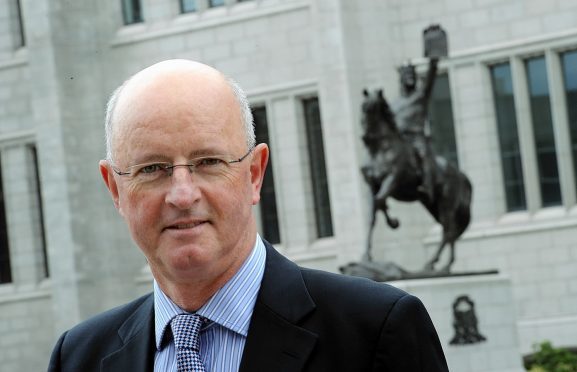Aberdeen hoteliers received some welcome relief as demand for rooms in Europe’s oil capital recorded the least steep reduction in over a year last month.
Having recorded 12th months of consecutive double-digit decreases in occupancy, demand for Aberdeen hotels found was down by only 2.5% compared to last year, achieving an occupancy rate of 62.6% in April, new figures show.
Regional tourism body VisitAberdeenshire said the decline in occupancy and an increase in forward bookings means the industry is getting “back on its feet” after the oil price crash took its toll on business.
The monthly LJ Forecaster Scottish Intercity Report said that despite the decrease and occupancy being nearly 19% below that of two years ago, the data suggests some signs of stabilisation in the market. This finding is further highlighted as forward bookings for the next three months – May to July – are over 3% higher compared to last year, LJ Research said.
However, evidence of the ongoing challenges in the Granite City was all too apparent as prices continued to slide. The average room rate (ARR) decreased by 26.8% to £67.74, with Revenue Per Available Room (RevPAR) – the industry’s main performance measure which combines occupancy and room rate performance – decreasing for the 17th consecutive month falling by 28.7% to £42.37.
Steve Harris, Chief Executive of VisitAberdeenshire, said: “The past few months have been difficult for hoteliers in Aberdeen, but it is promising that occupancy rates across the city now appear to be levelling out. With forward bookings also on the increase, it is a sign that hotel occupancy in Aberdeen is getting back on its feet.
“The oil and gas downturn hit at a time when a number of new hotels were opening. With more rooms available than ever before, and business people choosing to telecommute rather than travelling due to the economic situation, it was expected that occupancy rates would be lower.
“It’s important to note, though, that while business tourism levels may have decreased, the number of leisure visitors to the region has remained consistent. New flight routes – including those to the USA via Icelandair – have opened up new possibilities for travellers and those working in the tourism sector are capitalising on this, providing excellent accommodation opportunities for those wishing to explore Aberdeen and Aberdeenshire.”
Sean Morgan, Managing Director at LJ Research, said: “This month’s analysis shows a mixed picture for hotels in Scotland’s three largest cities. The slowing decline in occupancy in Aberdeen indicates some stabilisation but the continuing decline in room rates are heavily impacting on the sector.”
Glasgow achieved the highest occupancy across the three Scottish cities thanks to large scale international association conferences and leisure events. The city sold 83.1% of its rooms in April, up 1.6% from last year. ARR grew for the 5th consecutive month by 1.3% to £72.33. Highlighting Glasgow’s rapid growth over the last two years, the ARR figure was 13.1% higher than in April 2014. Combining both the increases in ARR and occupancy resulted in RevPAR of £59.92 – up 2.9%.
Accommodation demand in Scotland’s capital fell by a sizeable 5.7% as an average occupancy of 79.2% was recorded. Making up for the notable drop in occupancy, Edinburgh hoteliers benefitted from a continued trend of room rate growth as ARR rose for the 5th consecutive month to £90.45 – up 5% from last year. Balancing the impact of a reduction in occupancy and growth in room rates, RevPAR was relatively flat at £71.64.










